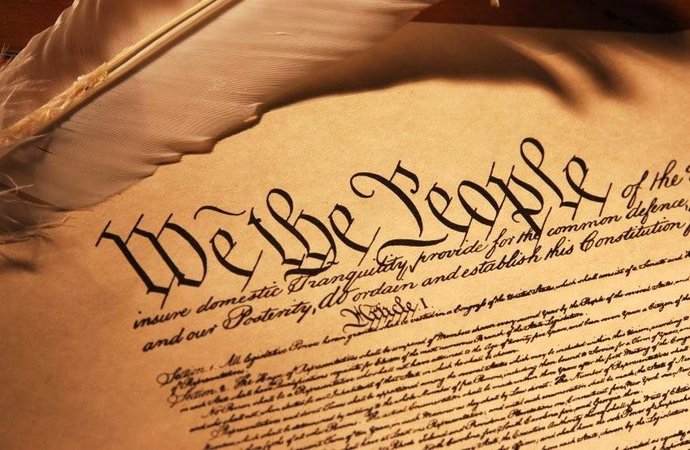An old myth has showed up in the media again: the myth that delegates to the 1787 Constitution Convention violated their trust—that they produced a new constitution although empowered only to propose amendments to the Articles of Confederation.
Fortunately, the claim that the 1787 convention had no authority to propose a new constitution is pure fiction. I have made the point before, but a new article by constitutional lawyer Michael Farris rebuts the myth in detail.
Its core error is the mistaken belief that the convention was called by a limited February 21, 1787 resolution of the Confederation Congress. In fact, as the wording of that resolution suggests, it was not the convention call.
Conventions of states had long been a staple of American life. They were not held pursuant to the Articles of Confederation. They operated outside the Articles, under sovereign powers reserved to the states.
Here’s how the process worked: First, an official authority, usually a state legislature, would issue a “call” inviting states to meet to address one or more issues. Then each participating state would appoint “commissioners” (delegates). The commissioners and the convention operated under then-prevailing rules of agency law. The agenda was limited by the call’s subject matter and by the instructions the majority of participating states gave their commissioners.
During the 1780s, many people thought the Articles of Confederation were inadequate. In September 1786, delegates to the five-state Annapolis Convention recommended to their respective states another convention in Philadelphia “to devise such further provisions as shall appear to them necessary to render the constitution of the federal government adequate to the exigencies of the Union.”
In the 18th century the word “constitution” usually had a meaning different from that we typically employ today. At the time, “constitution” usually meant the entire political system—just as we still refer to the “unwritten British constitution.” Thus, the Annapolis conclave recommended a convention empowered to propose any changes in the political system deemed “necessary” to render the political system “adequate.”
On November 24, 1786, New Jersey appointed commissioners. On December 1, the Virginia legislature formally approved the convention in language even broader than that used at Annapolis. The Virginia lawmakers then extended an invitation by directing the governor to transmit copies of its resolution to all other states. That invitation—not any congressional resolution—represented the formal call to Philadelphia.
Over the next few weeks, Pennsylvania, North Carolina, New Hampshire, Delaware, and Georgia all accepted. None limited its delegates to amending the Articles.
In Congress, a committee headed by John Dickinson recommended endorsing Virginia’s broad call. Its recommendation would have been merely a statement of moral support with no legal effect.
But congressional delegates from New York and Massachusetts were concerned about the breadth of the call. They wanted Congress to recommend limiting the convention to amending the Articles.
Congress compromised: Instead of a recommendation one way or another, it simply stated an “opinion” that a convention should be held to amend the Articles. This is the resolution often mistaken for the call.
But this resolution had no legal effect, and the call had already been issued. Seven states already had announced participation on wider terms. They were soon joined by South Carolina, Connecticut, and Maryland.
Thus, when twelve states met in Philadelphia, ten had given their commissioners sweeping proposal powers. This led Gouverneur Morris to observe that the convention was authorized to “propose any thing.”
Eventually, the convention decided to propose an entirely new document. Of the commissioners from the two states without full power, most never signed the Constitution. One who did sign (Alexander Hamilton of New York), acted as an individual, not as a representative of his state.
Pursuant to the instructions set forth in most of the state commissions, the convention sent the Constitution to Congress. Congress unanimously sent it to the states for ratification. Eventually, popular conventions in all 13 states approved it.
All of this seems quite regular. So where did the myth of the runaway convention arise? Why has it been so persistent?
It began with opponents of the Constitution, among whom legal knowledge was not a strong point. The myth has been kept alive by people—including some academics—who are unaware of 18th century law, terminology, and convention practice.
Unfortunately, fringe groups whose idea of “defending” the Constitution is arguing that it was adopted illegally assiduously continue to perpetuate the myth.
This article originally was published in The Hill.









